The Covid Diaries 43: Somerset House, Leila Alaoui
A review of the exhibition Leila Alaoui: Rite of Passage at Somerset House. In which the photography on view is interesting, but the ‘pay what you can’ suggestions are steep.
Pay What You Can? Let’s Just Call it a Donation
Leila Alaoui: Rite of Passage at Somerset House is a very small exhibition. So before I move on to what I saw, just let me say that if you, like I did, select the highest of the ‘pay what you can’ suggestions when purchasing tickets for this exhibition, suffice it to say you will be feeling very generous as you walk out of it after about fifteen to twenty minutes of exhibition time.
In other words, £10 feels like a lot, £7.50 might have been more reasonable. But then again these are desperate times for many institutions so maybe it just needs reframing as a donation. Particularly while the Courtauld is closed so traffic must be down. Otherwise it’s interesting and well displayed and the Covid measures are all smooth and reasonable. Just think in advance about what price you would like to put on such an outing.
Leila Alaoui at Somerset House: a Short Life for a Talented Artist
Public service announcement over, and on to the exhibition! Leila Alaoui was a French-Moroccan photographer and video artist. Born in Paris in 1982, Alaoui grew up mostly in Morocco. She studied photography in New York from the age of 18. She worked as a commercial photographer but also on artistic projects, three (and a bit) of which are displayed here. Sadly, however, Alaoui was caught up in a terrorist attack in Burkina Faso in 2016 while on assignment for UN Women and Amnesty International. She died of the effects of injuries sustained from gunshot wounds. The exhibition doesn’t dwell on this other than to present a project which was unfinished when she died. Viewers can’t help but feel a sadness that the great promise her work shows speaks to a talent (as well as a life) tragically cut short.
On display in Leila Alaoui: Rite of Passage are parts of three photographic series. In The Moroccans (2010-2014), Alaoui travelled around the country with a mobile photography studio. She was capturing ways of life that that were fast disappearing as a result of rapid globalisation. Against a plain black backdrop, the sheer variety of ethnicities, styles of dress and ways of life stand out. The connection that she had with the sitters does as well. There is a small video on one wall which shows Alaoui at work, working rapidly but still finding common ground and sharing a joke with the people she photographed. I found it challenged my perception of Morocco, which is quite ‘one-note’ compared to the symphony on display here.
Three Series Exploring Identity, Exclusion and Human Connection
The following room houses parts of two further photographic series: No Pasara and Natreen. No Pasara (2008, ‘Entry Denied’) deals with the many young people inhabiting the no man’s land on the fringes of Africa, awaiting a chance to try for Europe or rebuffed after making an attempt. It’s clearly a difficult existence to eke out; but again Alaoui managed to find beauty in the harsh landscapes and harsher lives, and connect to her subjects. It’s difficult to reconcile the images of these young men with the often hysterical anti-immigrant rhetoric which is increasingly common throughout Europe.
Natreen (2013, ‘We Wait) continues this theme. It takes as its subject Syrian refugees in camps in Lebanon; awaiting a new life away from the hardships they escaped and the ones they continue to experience. As well as conveying the messages Alaoui wanted to share as an activist, the photographs in both series are also beautiful in and of themselves. The colours, framing and timing are all inspired and inhabit a different sphere than straightforward photojournalism.
The final room shows an exerpt from L’Île du Diable (started 2015, ‘The Devil’s Island). This project would have explored the life stories of migrant workers in a Renault car factory near Paris. Footage of workers as they go back to the now-abandoned factory is overlaid with a soundtrack of the events of history, big and small; speeches by France’s post-war Prime Ministers, and protests and demonstrations by migrants. The treatment of these communities of once-essential and later vilified and excluded populations is something which many Western countries have yet to come to terms with. It is a shame that this project did not have the chance to come to fruition.
Final Thoughts on Leila Alaoui at Somerset House
So entry prices aside, Leila Alaoui: Rite of Passage is small but perfectly formed exhibition by Somerset House. It gives a good sense of Alaoui’s work and her strengths: her eye for composition; her ability to connect with people in extremes of circumstance and to share that connection with the viewer; her skill at advocating for social justice through the most artistic means. That she died so young and left a relatively small body of work behind is a shame, but her voice is so strong that I’m sure that what she did achieve will continue to be relevant for many years to come.
On its own merits: 4/5
Implementing Covid rules: 4.5/5
Leila Alaoui: Rite of Passage until 28 February 2021 (now subject to change due to lockdown).
If you see this after your page is loaded completely, leafletJS files are missing.


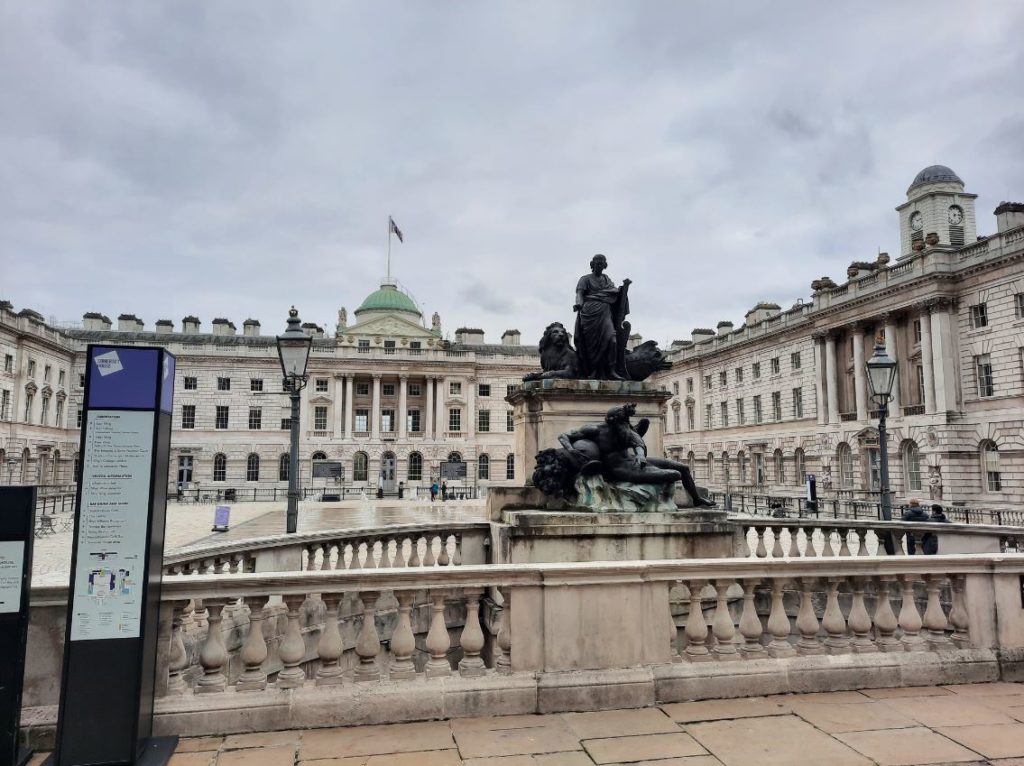
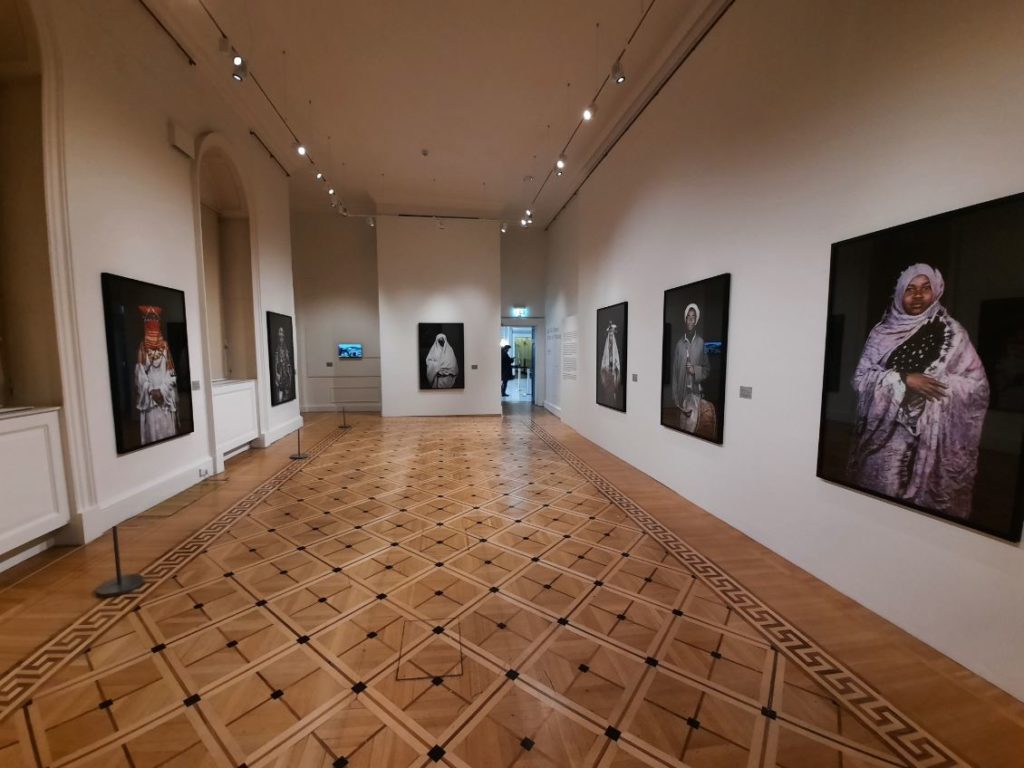

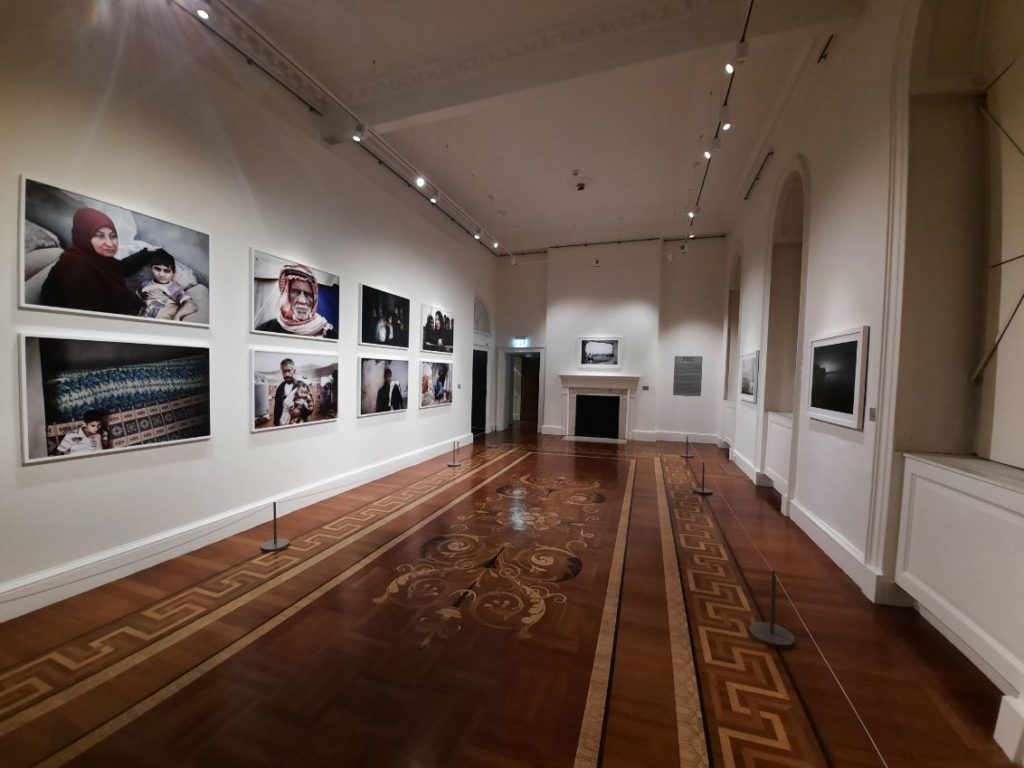
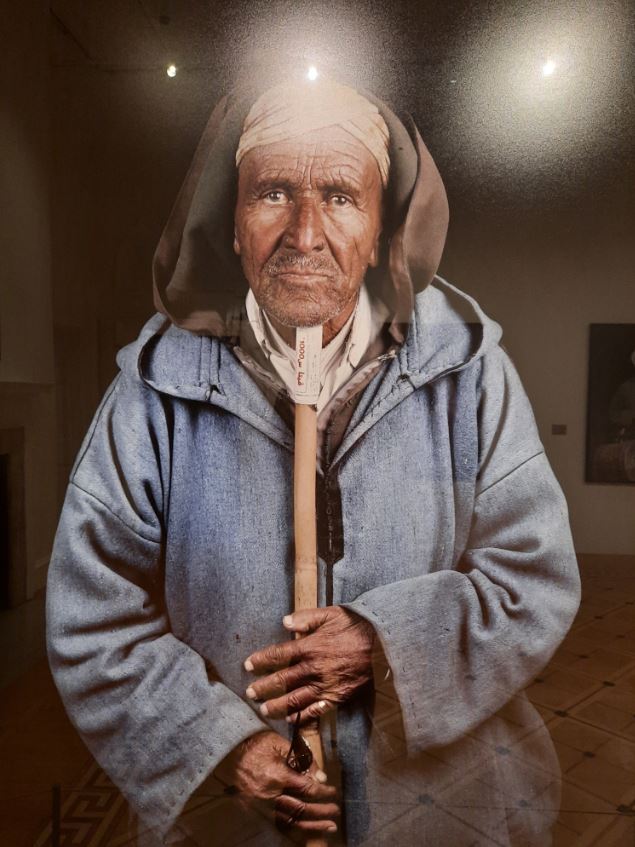
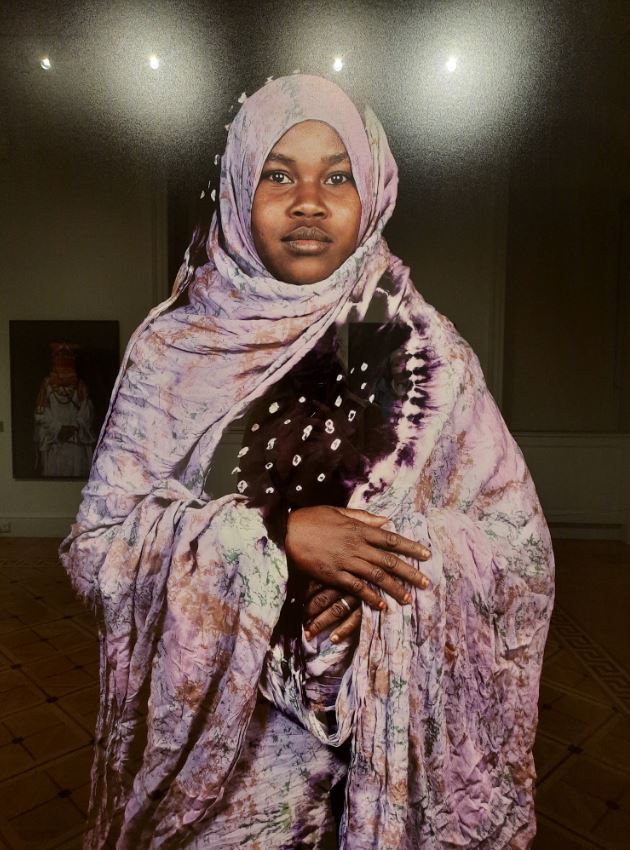

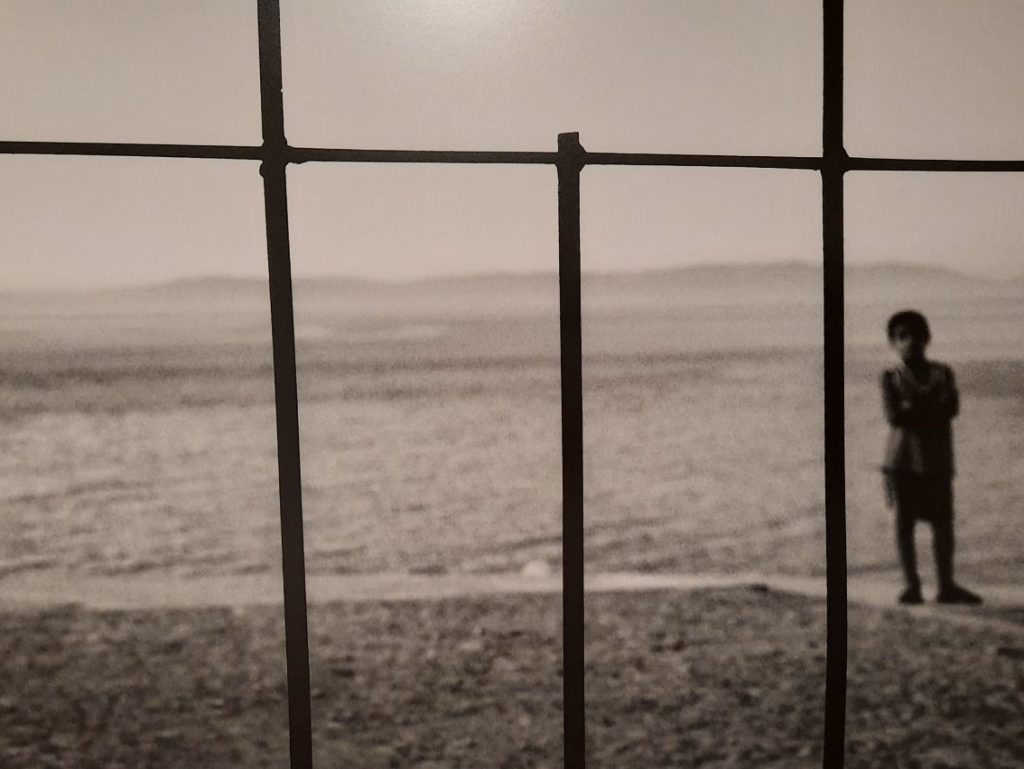

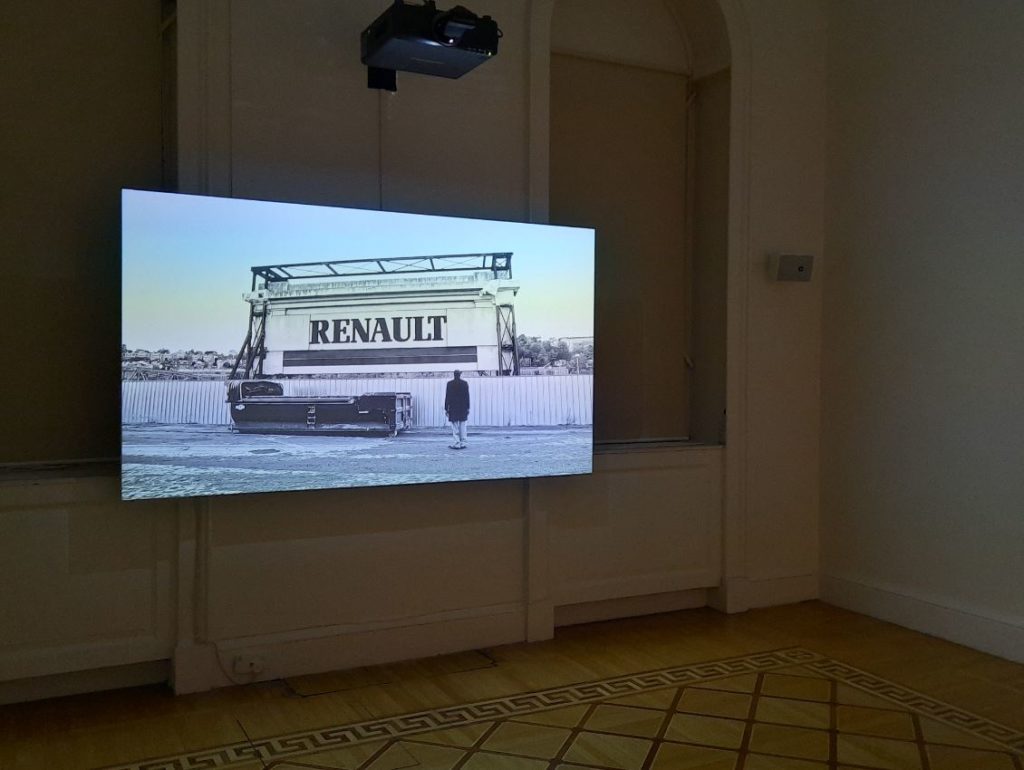
One thought on “The Covid Diaries 43: Somerset House, Leila Alaoui”